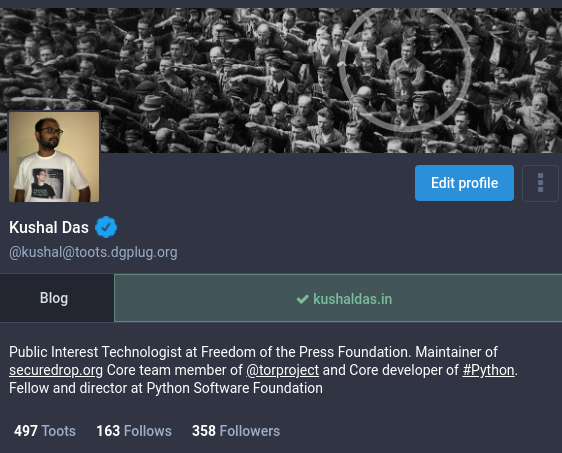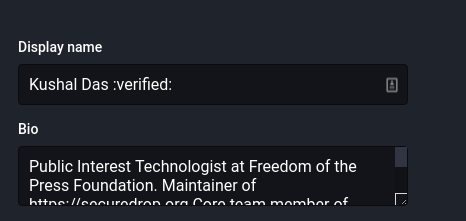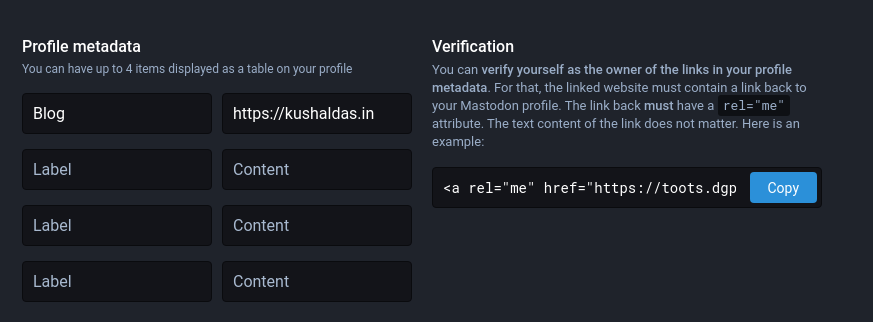On 8th of this month I attended a full day OpenSpace on "Digitalisering, kompetensförsörjning och livslångt lärande" organized by JobTechDev and Sunet.
This was the first in-person event for me after 2020 Nullcon in March. That brought in some extra excitement. Then the night before I tried to look for the
place and to my surprise we were having it in Internet Stiftelsen, The Swedish Internet Foundation.
I managed to the reach the venue around 15 minutes before the event started and talked a few people. At beginning we all sat in a circular fashion and
Leif & Greg (from JobTechDev) started explaining the format and the plan for the day. All in Swedish :P Though people moved into English after Leif pointed out that I am the only person in the room (we had 30+ participants) who neither speaks nor understand Swedish.

I put in a topic on "How to run an Open Source project" and luckily all the other discussions I wanted to attend, were in the same room.
So, my day went on discussing (and learning a lot about different Swedish government organizations) different topics including:
- Micro Credentials
- Data Licensing
- Open Source project management
- Solid project
During the discussion of Open Source, one thing was super clear that all the
people present in the room (both developers and high number of management
folks) were all convinced about writing and using Open Source technologies. My
organization, Sunet is already into writing only Open
Source solutions mode. The rest of the orgs also agreed that they should put
that in the organization policy and make sure that they maintain proper Open
Source projects. After all we all are being paid by the government using public
money.
At the end of the day we had a feedback session in the same manner as we
started the day. I really loved the fact that at the very end, all the chairs
were kept in the exact same position (row/column) and no one even could say
that there were so many people in the room whole day.
Among the various organizations participated:
- Arbetsförmedlingen
- Skolverket
- Myndigheten för yrkeshögskolan
- Vetenskapsrådet
- Universitets- och högskolerådet
- Statistiska centralbyrån
- Myndigheten för digital förvaltning (Digg)
- Verket för innovationssystem (Vinnova)
Here are few more photos from the beautiful venue.
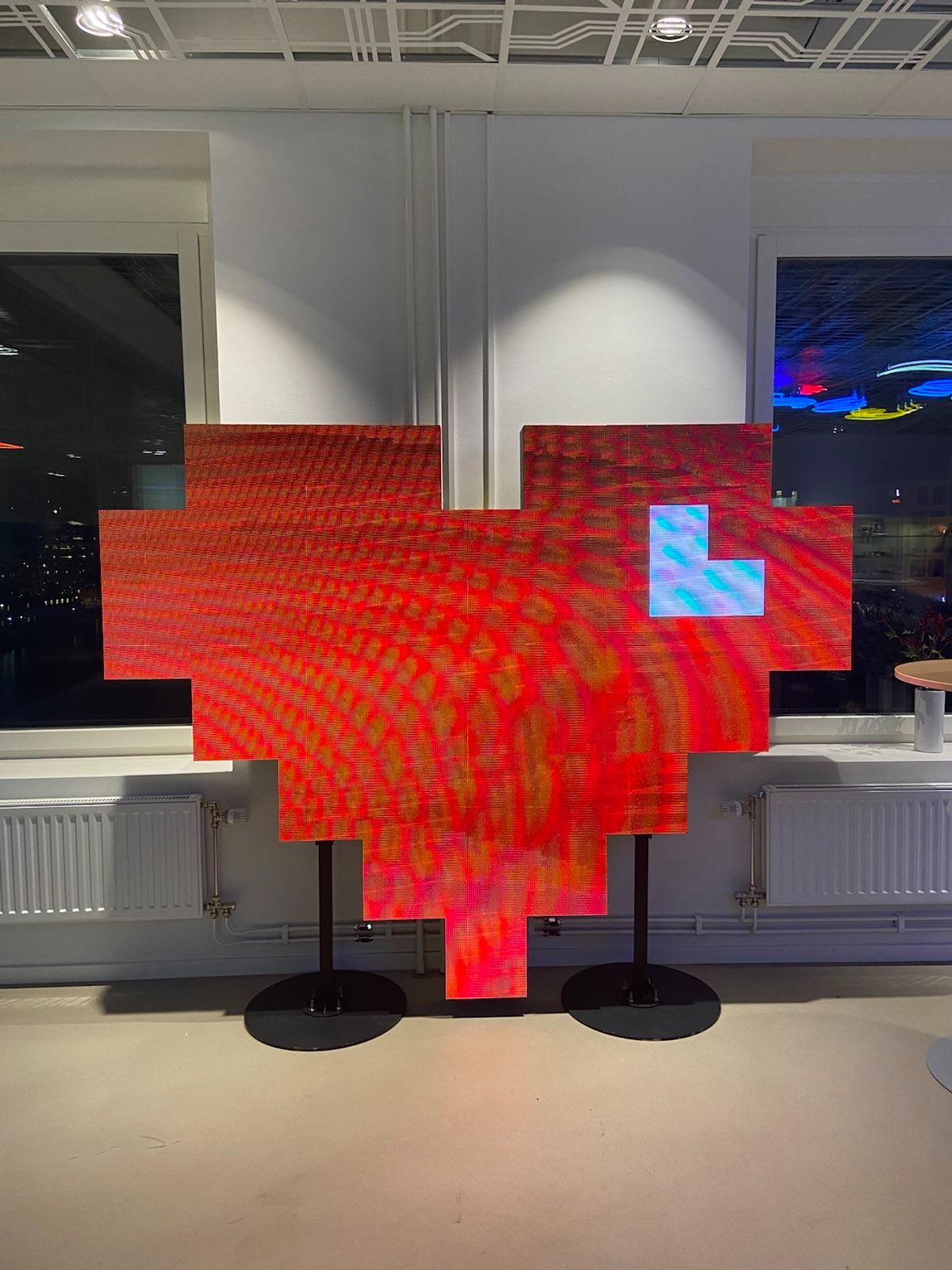
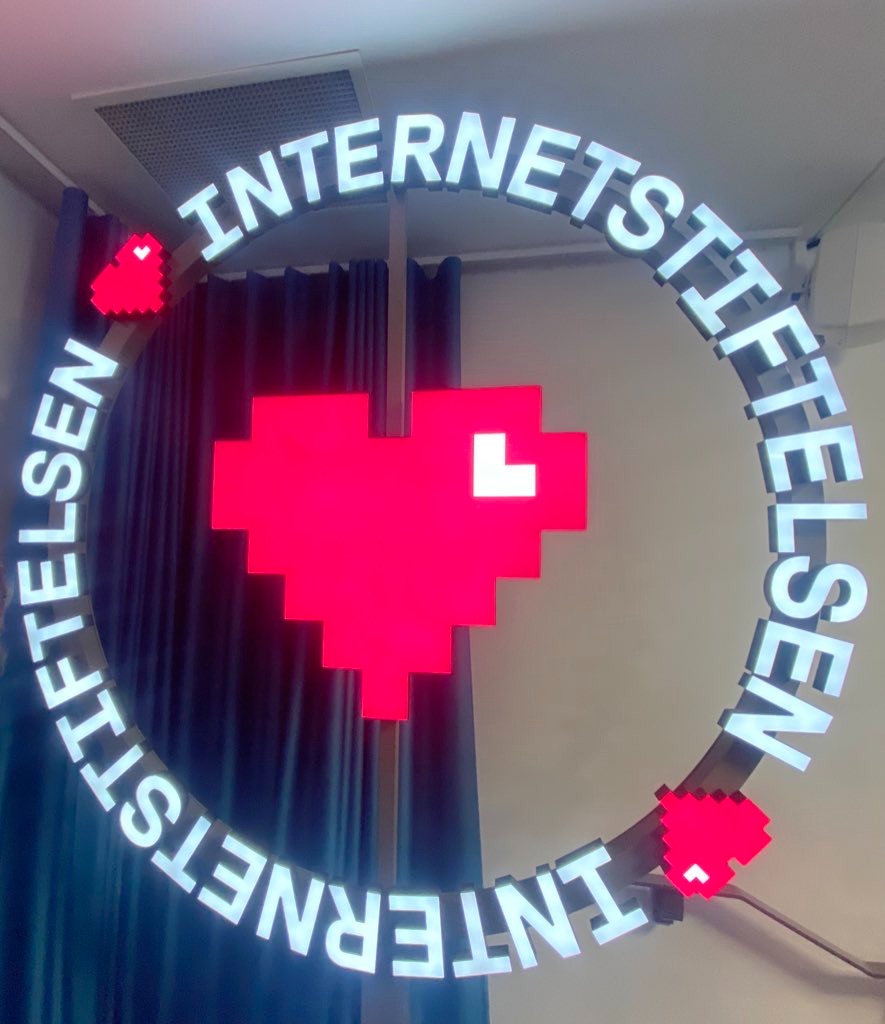
Meeting so many people from all the different organizations were a very refreshing thing for my mind.



